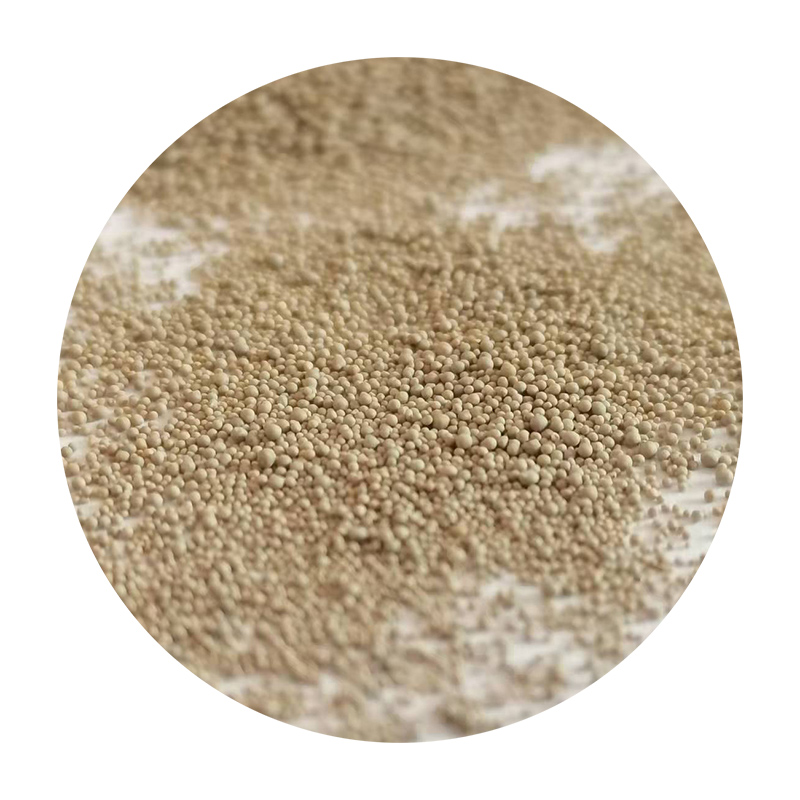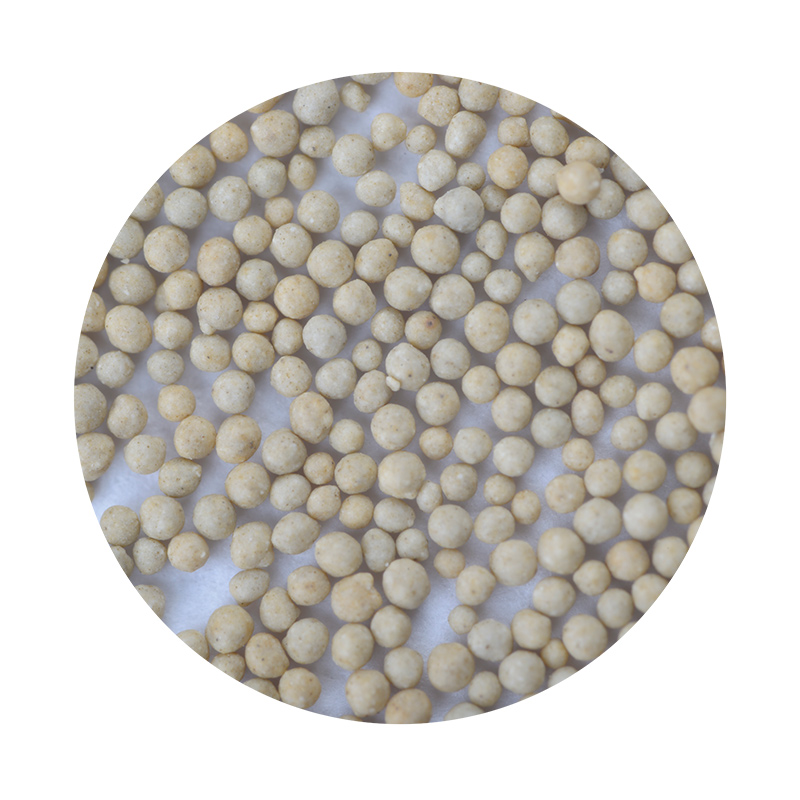
- Afrikaans
- Albanian
- Amharic
- Arabic
- Armenian
- Azerbaijani
- Basque
- Belarusian
- Bengali
- Bosnian
- Bulgarian
- Catalan
- Cebuano
- China
- China (Taiwan)
- Corsican
- Croatian
- Czech
- Danish
- Dutch
- English
- Esperanto
- Estonian
- Finnish
- French
- Frisian
- Galician
- Georgian
- German
- Greek
- Gujarati
- Haitian Creole
- hausa
- hawaiian
- Hebrew
- Hindi
- Miao
- Hungarian
- Icelandic
- igbo
- Indonesian
- irish
- Italian
- Japanese
- Javanese
- Kannada
- kazakh
- Khmer
- Rwandese
- Korean
- Kurdish
- Kyrgyz
- Lao
- Latin
- Latvian
- Lithuanian
- Luxembourgish
- Macedonian
- Malgashi
- Malay
- Malayalam
- Maltese
- Maori
- Marathi
- Mongolian
- Myanmar
- Nepali
- Norwegian
- Norwegian
- Occitan
- Pashto
- Persian
- Polish
- Portuguese
- Punjabi
- Romanian
- Russian
- Samoan
- Scottish Gaelic
- Serbian
- Sesotho
- Shona
- Sindhi
- Sinhala
- Slovak
- Slovenian
- Somali
- Spanish
- Sundanese
- Swahili
- Swedish
- Tagalog
- Tajik
- Tamil
- Tatar
- Telugu
- Thai
- Turkish
- Turkmen
- Ukrainian
- Urdu
- Uighur
- Uzbek
- Vietnamese
- Welsh
- Bantu
- Yiddish
- Yoruba
- Zulu
Ceramic sand powder
Kaist Ceramic Foundry Sand Powder, also called Ceramic Foundry Sand Flour, refers to ceramic foundry sand with particle size less than 0.075 mm, or below mesh 200. It is often separated from the sintered ceramic particles or special customized for special use rather than molding and core-making. It has the similar properties with Ceramic Foundry Sand with the finer the particle size and high refractoriness.




Ceramic Sand Powder Property
| Main Chemical Component | Al₂O₃≥53%, Fe₂O₃<4%, TiO₂<3%, SiO₂≤37% |
| Partical Size | 200 mesh to 1000 mesh |
| Refractoriness | ≥1800℃ |
Application
Generally, Ceramic Foundry Sand Powder is popularly applied in foundry coatings and in 3D printing processes.
1. Applications in foundry coatings
Ceramic Foundry Sand Powder is a good choice of foundry coating filler for its controllable particle size, spherical shape, ideal sintering point and melting point, high thermal conductivity, low thermal expansion and minimum reactivity towards many kinds of metals being cast. It is an effective substitute of much expensive materials such as zircon sand flour.
Benefits:
● Prevent metal penetration and sand burn-on effectively.
● Good finish of castings.
● Coatings to be easily to apply. (e.g.: brushing, dipping, swabbing, spraying, etc.)
● Excellent permeability to avoid gas holes of castings.
● Reduced costs.
● Environmental-friendly.
2.Applications in 3D printing
Ceramic Foundry Sand Flour can be graded to a “single” mesh distributed form, it is rather suitable in 3D printing processes. Many parts of complicated castings have been produced by 3D with approving quality in a very short period.
Benefits:
● Excellent flowability to lead easy printing.
● Lower binder addition to avoid gas defects of castings.
● Reduced costs.
● Adapting to many kinds of casting metals.
● Good finish of castings.
Products categories









